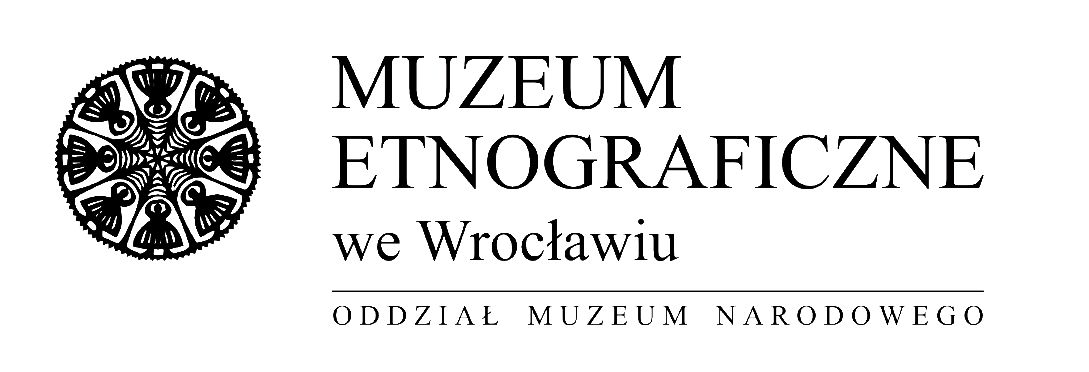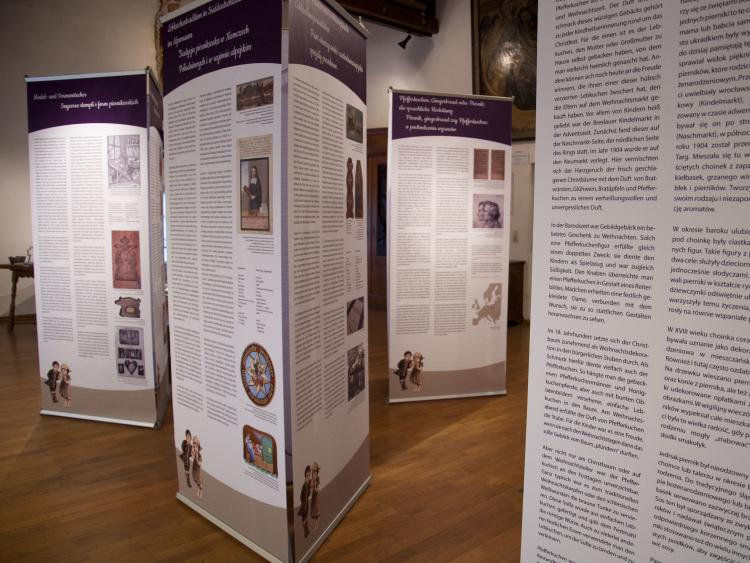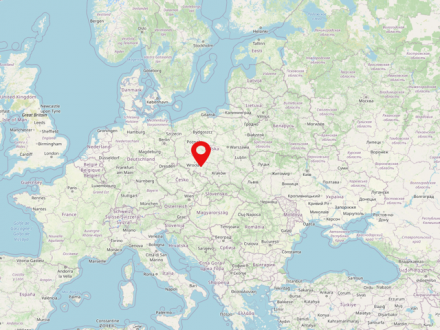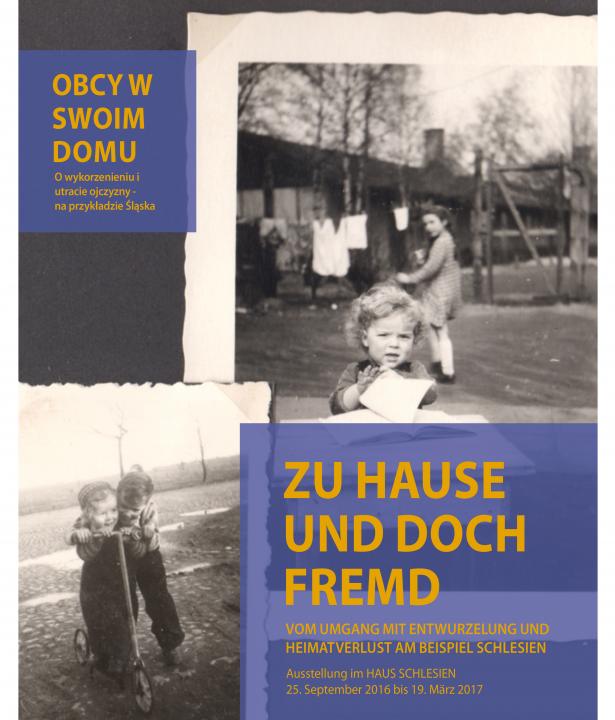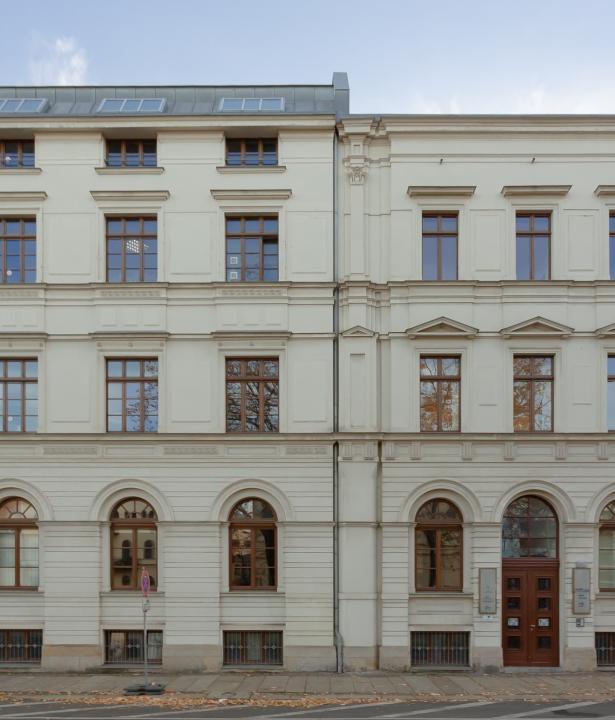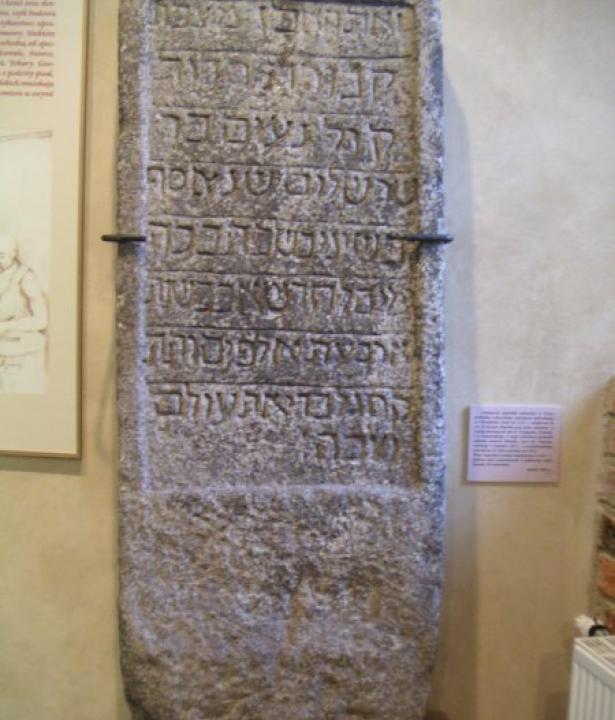Silesia (Polish: Śląsk, Czech: Slezsko) is a historical landscape, which today is mainly located in the extreme southwest of Poland, but in parts also on the territory of Germany and the Czech Republic. By far the most significant river is the Oder. To the south, Silesia is bordered mainly by the Sudeten and Beskid mountain ranges. Today, almost 8 million people live in Silesia. The largest cities in the region are Wrocław, Opole and Katowice. Before 1945, most of the region was part of Prussia for two hundred years, and before the Silesian Wars (from 1740) it was part of the Habsburg Empire for almost as many years. Silesia is classified into Upper and Lower Silesia.
But the questions remain: How does the spice get into the cake? What differentiates the gingerbread maker from the baker? Where can the various specialties be sampled and enjoyed? Where do the pepper sacks come from? And who built the gingerbread house for the witch? The exhibition, which is presented in both German and Polish, seeks to find answers to these questions. It focuses not only on the cultural history of gingerbread, but also looks in particular at the ingredients, how the spicy baked treats are produced, as well as various regional particularities.





